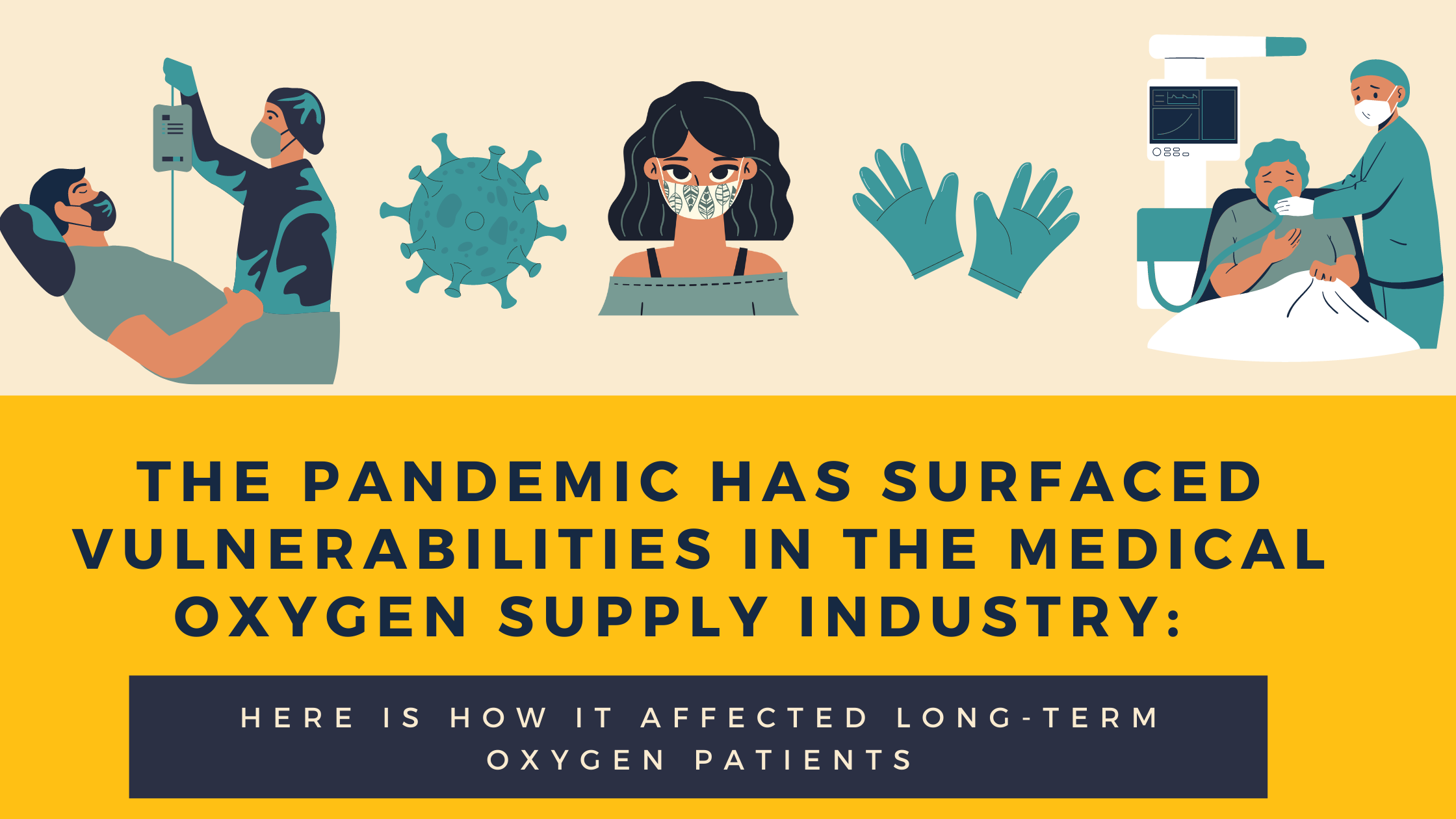
The Johns Hopkins Center for Health Security reported in early 2020 that there were localized issues in securing enough oxygen to treat seriously ill COVID-19 patients.This was at the beginning of the pandemic, and predictions surrounding the availability of oxygen devices proved to be true in the following months.
COVID-19 ran rapidly throughout the world, and it became clear that this virus most commonly attacked the respiratory system. This was cause for concern for everyone, but especially people with pre existing lung conditions, and other auto-immune diseases.
{{cta('fa8abc2a-1e88-4fa3-82fd-1cb5b9ed43b2','justifycenter')}}
In this blog, we are going to take a look into how the pandemic changed the medical supplemental oxygen supply and how oxygen companies adapted to the increase in demand for oxygen. There will also be information about how you can protect yourself as an oxygen patient should there ever be a shortage of supplemental oxygen again.
Breathing Devices Used to Treat COVID-19
Breathing aid devices are used to help patients with acute respiratory problems caused by illness like pneumonia or diseases like COVID-19, asthma, and COPD.

The most common oxygen breathing aids that are utilized for COVID-19 patients are ventilators, CPAP devices, and oxygen therapy devices. For oxygen therapy devices hospitals were able to use tanks and canisters
For patients who have COPD or cystic fibrosis, two very common chronic lung diseases, they are prescribed supplemental oxygen which can be taken using at home oxygen therapy devices like the portable oxygen concentrators.

If you are a long term oxygen patient, you know your Peak Inspiratory Flow Rate (PIFR), and whether you need pulse flow or continuous flow.
COVID-19 patients who suffer from a severe reaction require a very high flow of oxygen therapy, usually five to ten times more oxygen than a mechanical ventilator… well… it becomes quite clear why oxygen shortages were so common.
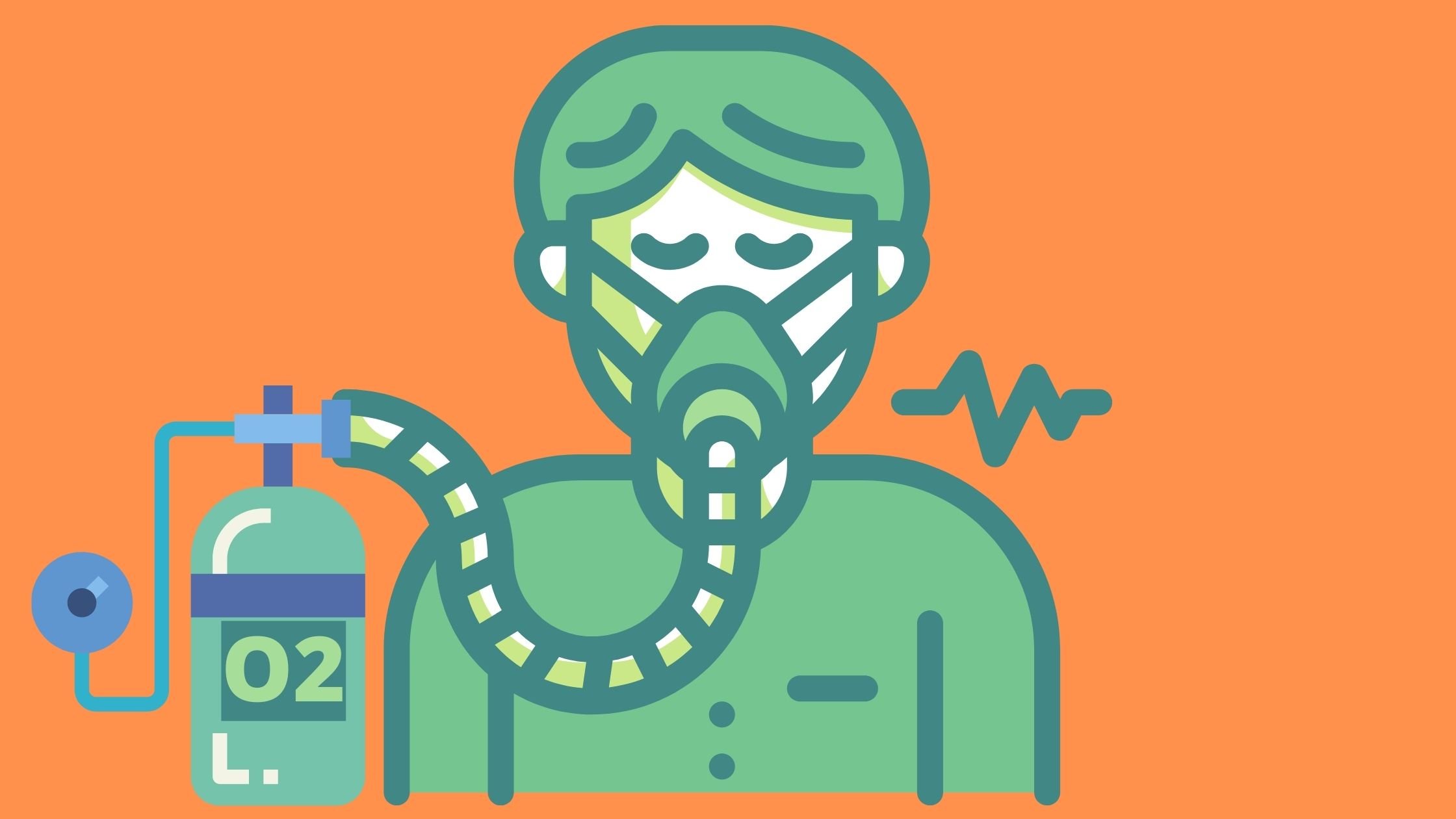
In hospitals there are capacity limits on piped supplies of oxygen. Once, the hospital was overflowing with COVID patients who required too much oxygen, the hospitals resorted to using portable oxygen devices to treat COVID-19 patients, which subsequently caused oxygen cylinder shortages.
Initially it was suspected that this problem could affect not only hospitals and patients inside, but also for those folks with lung conditions who rely on oxygen deliveries from their oxygen supply company at their homes.
How the Oxygen Crisis Hit El Paso in 2020
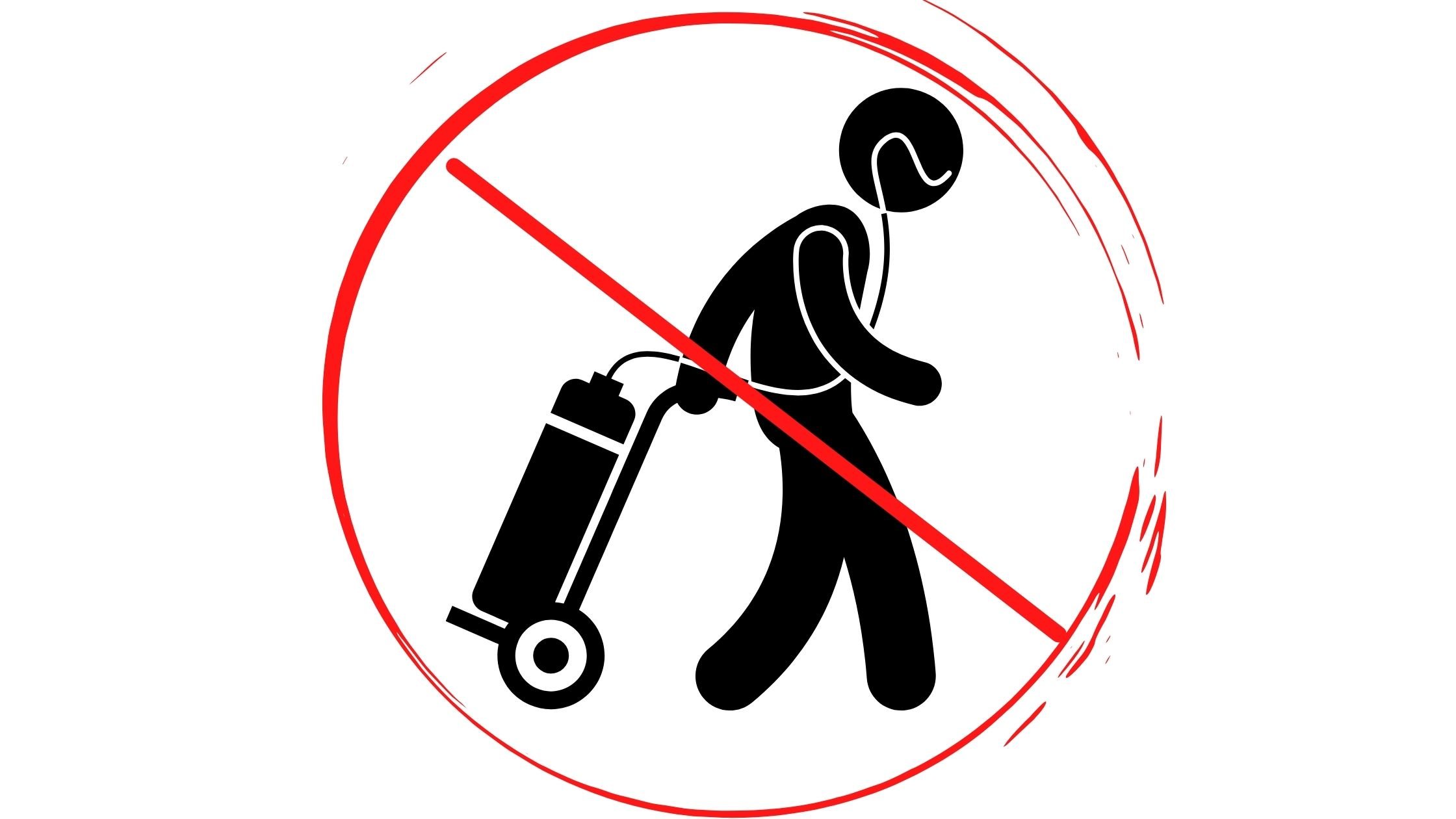
There is no good time for COVID-19 cases to spike anywhere, but in El Paso this happened at the exact wrong time; new COVID-19 patients were streaming into hospitals, all of them needing high flow rates of oxygen to breathe.
This sudden, and large extraction on the oxygen gas supply created countless issues, but mainly it froze the hospital's pipes and the vaporizers on oxygen tanks, the capacity to flow oxygen throughout the hospital's patients was reduced by as much as 70%.
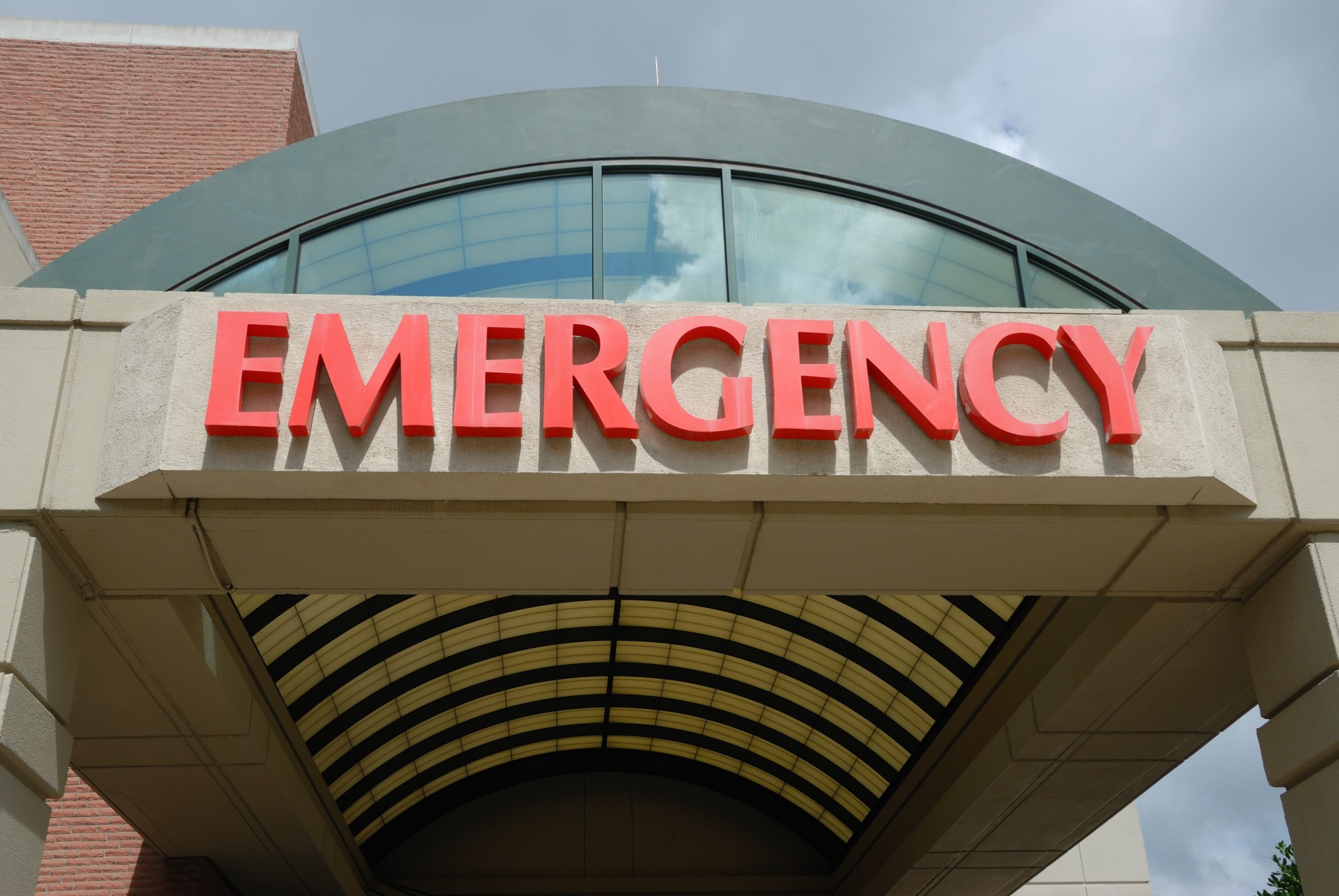
So something had to be done and quickly. Local oxygen companies built pop-up tents with new oxygen pipes in hospital parking lots.
Then there were more obstacles when they required more tubes, flow meters, nasal cannulas and portable cylinders required to make the gas breathable. This product was also in short supply.
In El Paso alone, the demand for oxygen cylinders at least tripled.
{{cta('43b79c5e-6bd6-4f02-ac27-2d038d20c146','justifycenter')}}
How we Adapted to Oxygen Shortages Across the Country

Oxygen demand spikes correlated with areas where hospitals reached capacity. So as COVID-19 hot spots traveled from coast to coast the demands on oxygen followed.
Medical oxygen companies quickly became aware of what happens in COVID-19 hot spots as it did in El Paso and all over the US. Oxygen supply companies were able to go out and get oxygen from across the country from places where it was in supply or it was able to be shipped to places in need.
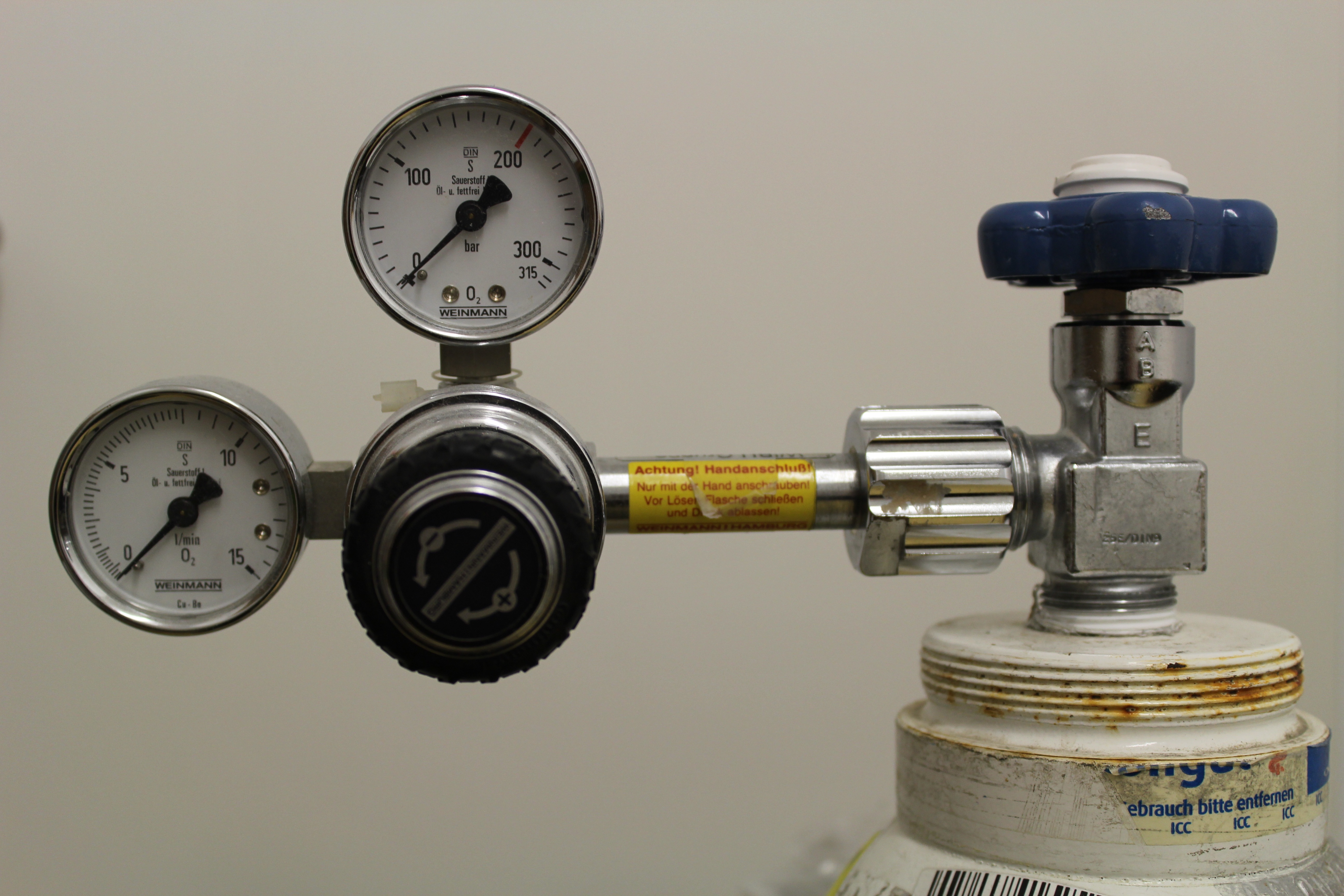
The U.S. was able to alleviate these shortages by developing new ways of pooling oxygen resources.
Adapting to oxygen shortage was not easy because oxygen is not easy to transport. For it to be considered medical grade oxygen, it must be liquified and stored at minus 280 degrees Fahrenheit. To ship it requires special trucks.
Typically, oxygen is produced and shipped from the facility within around 100 miles of where it's needed. There are plenty of oxygen producers on the East Coast due to the large steel plants, but there are less out West. The lack of oxygen producers out west contributed greatly to the difficulties hospitals and states faced when trying to increase supply of oxygen.
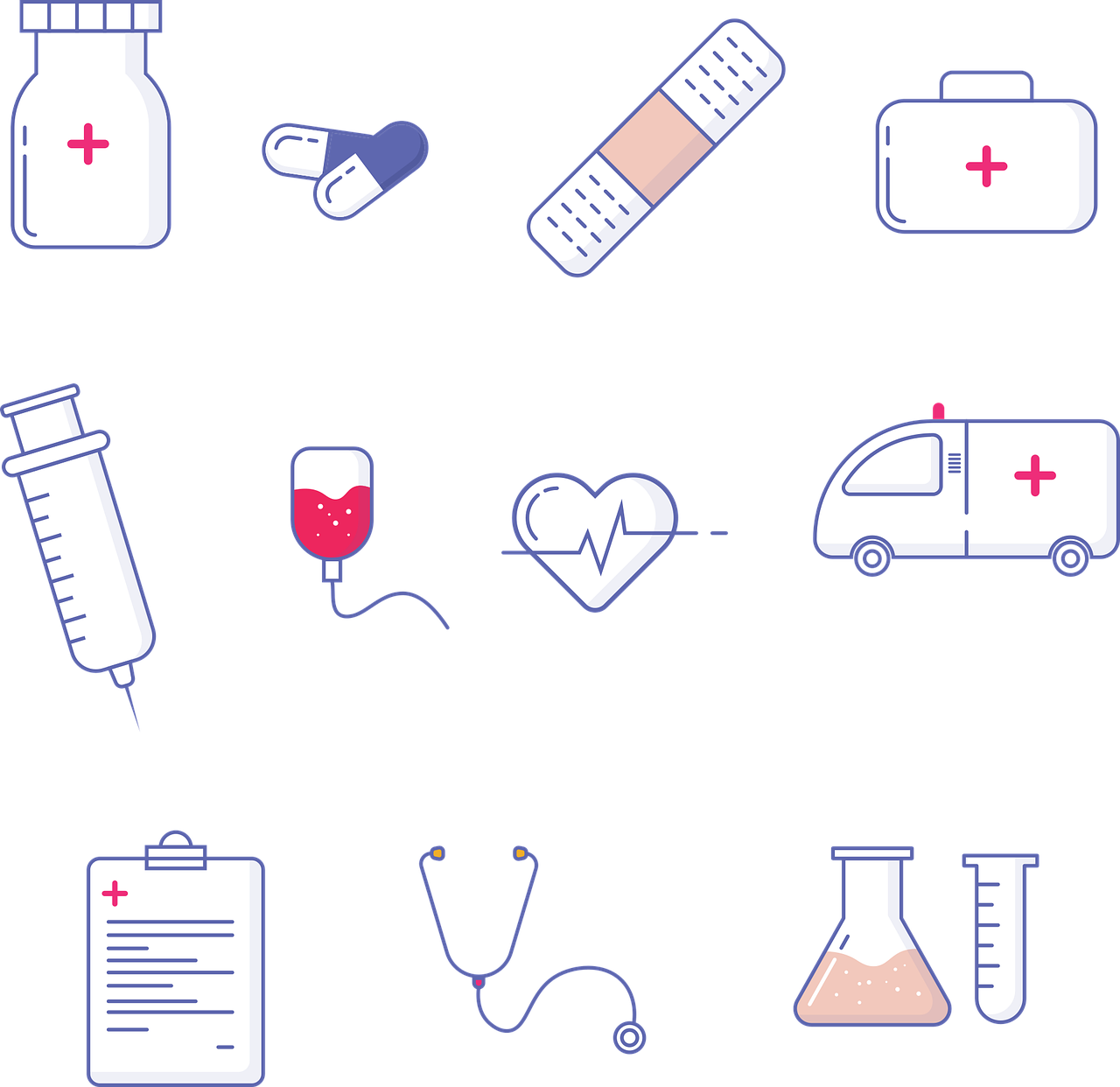
In summary, Not everyone was worried about the shortage of oxygen, however we can relate to the anxiety because all of us are subject to the chaos of toilet paper shortages or even medical masks. The comparison is minimal at best, we can live without toilet paper, but we can’t live without oxygen...
There was a necessary cooperation that took place amongst members of the oxygen supply industry. Even when hospitals overflowed, companies were there ready to help sharing information about what they'd learned earlier in the pandemic, and taught others how to build pop-up hospitals in order to quickly solve the problem of oxygen pipes freezing.
How Did Oxygen Shortages Affect Long-Term Oxygen Patients
Oxygen gas is the support of all human life and for people with chronic lung conditions supplemental oxygen is the difference between surviving and feeling short of breath and incurring low oxygen levels.
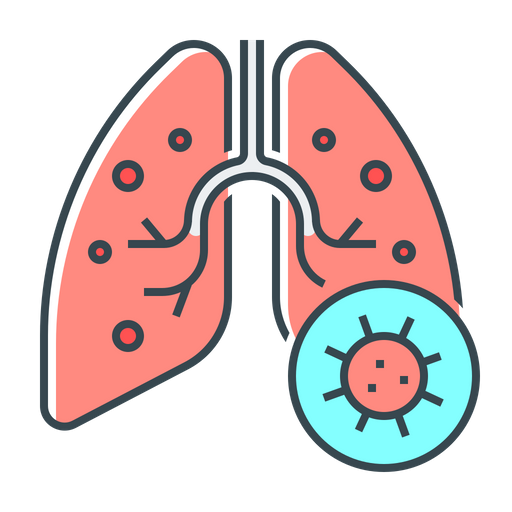
Oxygen therapy is absolutely crucial for lung patients as a breathing aid, with and without COVID-19. Oxygen therapy is generally received using tubes that go through the nose or with a face mask.
The increased demand for new oxygen machines came primarily from COVID-19 patients who were getting large prescriptions for portable oxygen. But there were also patients who already had been reliant on portable oxygen cylinders to treat conditions like emphysema and COPD at home or in the hospital were still needed to get their devices refilled, amid the pandemic.

New protocols and tactics were quickly developed to get oxygen into the hands of everyone that needed it.
Luckily, oxygen device manufacturers were able to prepare and meet demands, both stimulating the oxygen device market but also getting patients the oxygen they need either to treat COVID-19 or a long term supplemental oxygen need for chronic lung conditions.
Luckily, the United States was able to adjust to these circumstances, and help each other. This cannot be said for countries around the world.

Even outside of a pandemic, oxygen patients are often reliant on their oxygen supply company. They expect and need their oxygen to be resupplied bi-weekly sometimes weekly depending on their prescription!
Anything could happen when there are multiple “middle-men” involved in getting you your oxygen. There could be a bottleneck in the supply chain, management issues, or a global pandemic that could interfere with the delivery of your oxygen tanks at anytime.
Relieving this stress is simple, and actually cost effective too!
What Oxygen Device Should You Have to Ensure You Get the Oxygen You Need?

There are three options you have when it comes to choosing an oxygen device, and the safest and most reliable option is a portable oxygen concentrator. These are also the most modern devices compared to liquid and gas oxygen tanks.
These devices are the future of supplemental oxygen therapy. While tanks and canisters are ok to keep as a backup device, they do present many dangers and challenges for the oxygen user.
- Dependance on a medical oxygen company to get your oxygen refills
- Expensive to refill you tanks
- Creates a flammable oxygen-rich environment
- Cannot travel on airplanes
- Heavy and cumbersome
On the other hand, portable oxygen concentrators are oxygen devices that create a sense of independence and peace of mind. Should an oxygen shortage ever happen again, and the liquid and gas tank companies are not able to keep up with the demand, you will not have to worry about running out of oxygen.
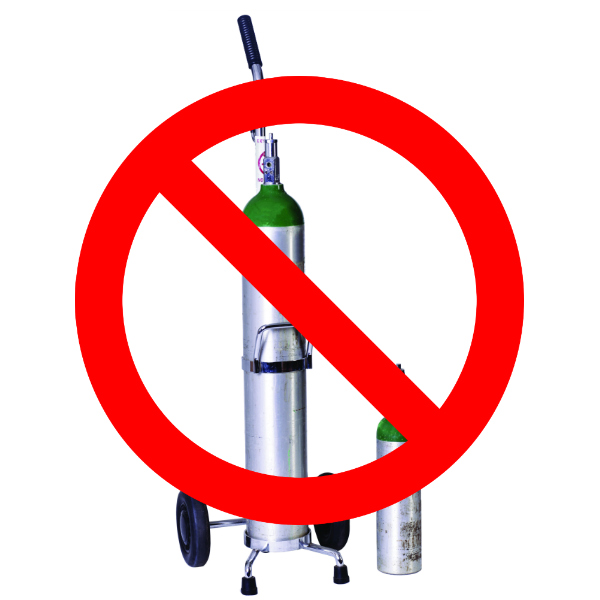
With portable oxygen concentrators, you will never run low on oxygen. These devices extract air from the surrounding area and use a rechargeable battery to filter the air into medical grade oxygen that you breathe in through the nose cannula or face mask.
Overview

The pandemic has shifted many people's mindset toward supplemental oxygen therapy.
It is so valuable in today’s day and age to have an oxygen device that will give you the oxygen you need no matter what is going on in this crazy world of ours!

While oxygen supply companies stepped to the plate this time around, and they were able to supply oxygen to the hospitals in a time of desperation, we get feedback all of the time from LPT customers who say that their oxygen supply company can not be relied on.
LPT Medical’s portable oxygen concentrator all come with a 3 year long warranty, and you are alway able to buy a second battery for emergencies. Owning a portable oxygen concentrator takes all of the stress out of oxygen therapy.

